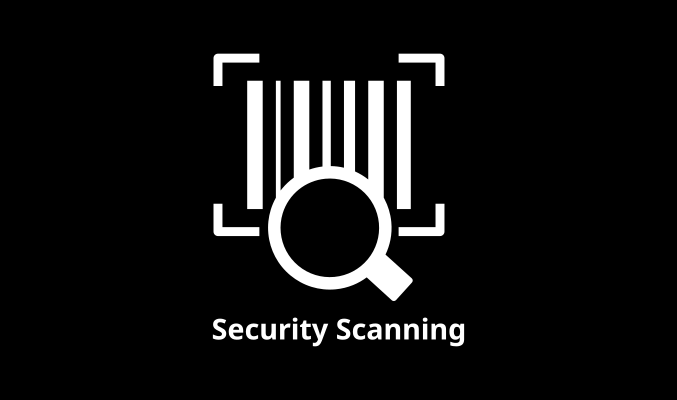AutoExplore Security Scanning
Information security has always been a cat and mouse play. As the technology evolves, it also opens doors to new attack methods. Building secure software today requires more than end-to-end encryption. It needs continuous vigilance: patching known vulnerabilities, mitigating emerging exploits, and validating that web applications are configured securely.

A different Way to Scan
AutoExplore’s latest update introduces an integrated security scanner that enhances web application testing by combining security analysis with intelligent exploration. All network traffic between the AutoExplore web browser and the target application is proxied through ZAP Proxy, an open-source security tool.
As the AutoExplore agent navigates the application like a real user, it discovers and scans parts of the user interface that traditional crawlers might miss. This approach enables deeper and more comprehensive security coverage.
Detecting Security Misconfigurations
The scanner evaluates critical security response headers and configurations, such as:
- Content Security Policy (CSP) ensuring protections against cross-site scripting (XSS).
- Server information headers verifying that software version details aren’t exposed.
- Cross-Origin and Site Isolation policies checking for proper mitigation against Spectre-like vulnerabilities.
For example, missing or incorrect site isolation headers can make an application more vulnerable to data leaks between browser processes (e.g. Spectre attacks). These can often be mitigated by appending specific HTTP response headers or annotating HTML elements with attributes that guide browser behavior. Learn more on MDN: Cross-Origin-Embedder-Policy
The scanner also highlights authentication and session management weaknesses, such as insecure cookies, missing SameSite flags, or session fixation risks.
Reproducible and Actionable Findings
Like all other issues in AutoExplore, every security observation includes a timeline view that captures the exact steps leading to the finding. This allows developers and security teams to easily reproduce and validate vulnerabilities.
Each issue is automatically assigned a risk level, helping teams prioritize effectively.
Application defense is only as strong as its weakest link
Unlike traditional crawlers, AutoExplore renders the web application in a real browser and uses machine learning models to detect interactive elements and dynamic states. This ensures comprehensive coverage — including hidden menus, modal dialogs, or authenticated pages that typical scanners might miss.
Secure by Design
Importantly, AutoExplore’s security scanner performs non-destructive analysis — it inspects responses but does not attempt to exploit or attack the target software. This makes it safe to use across different hosting environments.
Next, our focus shifts to improving reporting and navigation to make exploring findings even more intuitive.
At AutoExplore, we are committed to helping R&D teams implement autonomous testing as part of their development processes. Ready to transform your process? Contact us for a demo to learn more.
